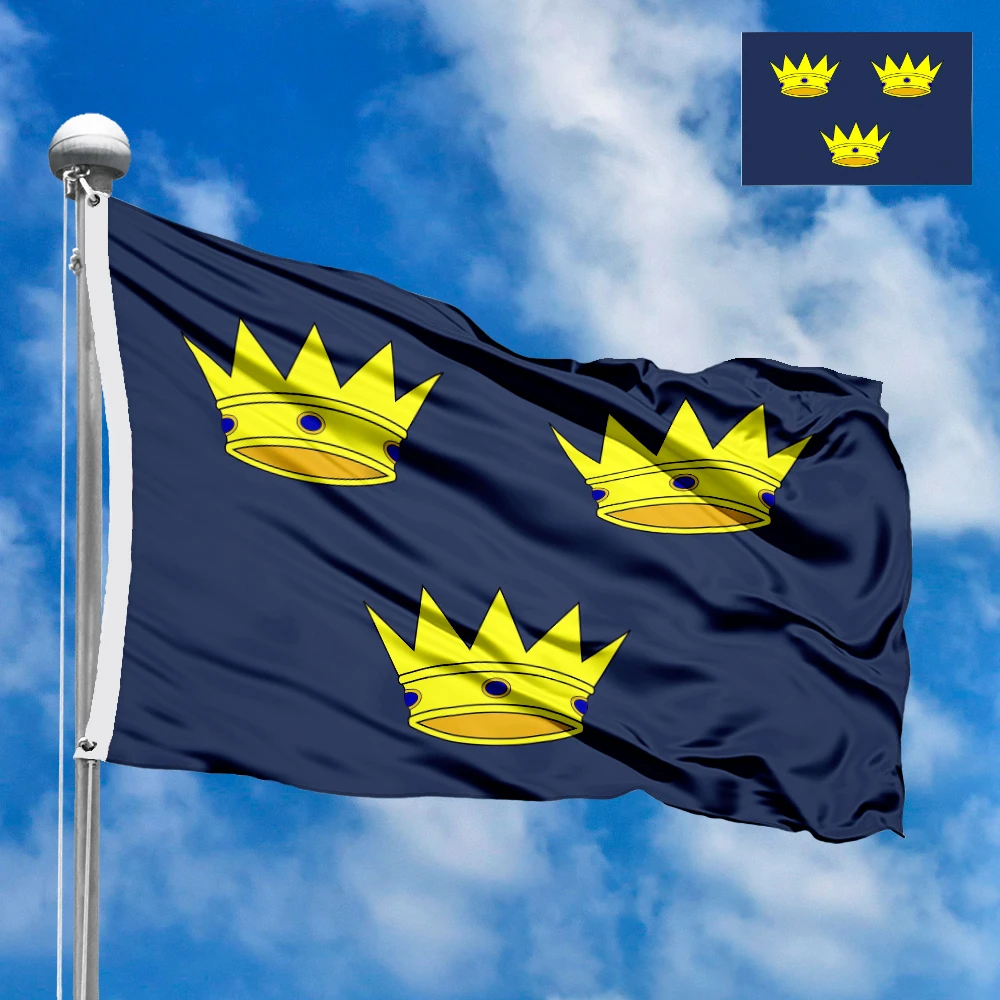Transgender Flag
- Flag Type: LGBT community
- Proportions (official): N/A
Flag Information
- All Flags
- Flags of Countries by Continent
-
Flags of Organizations
- Flags of UN countries
- Flags of the European Union countries
- Flags of NATO countries
- Flags of the countries of the Organization of Islamic Cooperation
- Flags of the countries of the Organization of American States
- Flags of the Arab League countries
- Flags of the African Union countries
- Flags of the countries of the Union of South American Nations
- Flags of the Commonwealth of Nations
- Flags of the countries of the Secretariat of the Pacific Community
- Flags of the Nordic Council countries
- Flags of the Caribbean Community
- Flags of the countries of the Association of Southeast Asian Nations
- Flags of the East African Community
- Flags of the countries of the Organization of Turkic States
- LGBT Community Flags
- Historical Flags
- Ethnic Flags
- Flags of the USA (states)
Description
The transgender flag, also known as the trans flag, is an important and widely recognized symbol that represents the pride, diversity, and rights of transgender, non-binary, and gender non-conforming people. It serves as a beacon for the community, providing visibility and recognition in a world where transgender people often face misunderstanding and discrimination. The flag symbolizes the journey toward self-discovery and acceptance, as well as hope for a future where everyone can live authentically.
Design and Symbolism
The flag consists of five horizontal stripes of equal width:
-
A light blue stripe (at the top): The traditional color associated with baby boys.
-
A light pink stripe (next): The traditional color associated with baby girls.
-
A white stripe (in the middle): This central stripe symbolizes intersex people, those who are in the process of gender transition, and those who consider themselves to have a neutral or undefined gender.
-
A light pink stripe (next): Repeats the meaning of the first pink stripe.
-
A light blue stripe (at the bottom): Repeats the meaning of the first blue stripe.
The arrangement of the stripes in a mirror image is a key design element. The flag's creator, Monica Helms, said it was designed so that "no matter which way you fly it, it is always correct." This unique aspect symbolizes the idea that transgender people are finding what is right for them, and their identity is always valid.
History of the Flag's Creation
The flag was created in 1999 by American transgender woman, activist, and U.S. Navy veteran Monica Helms. At that time, the transgender community lacked its own widely recognized symbol, and Helms decided to create one to give the community greater visibility and express its uniqueness.
The flag was first publicly displayed at a Pride parade in Phoenix, Arizona, in 2000. Over time, it gained widespread use and recognition, becoming the accepted symbol of transgender pride and rights. In 2014, Helms donated her original flag to the Smithsonian National Museum of American History, a significant step in recognizing the historical importance of the symbol.
Meaning for People
For transgender people, the flag is a source of pride and self-respect. It provides them with visual confirmation of their existence and importance, which is especially valuable in a context where their identity is often questioned. The flag is a symbol of hope and resilience in the face of adversity, embodying the courage required to transition and live according to one's true self.
It also plays a crucial role in uniting the community, creating a sense of belonging and solidarity. Finally, the flag serves as a powerful educational tool, helping non-transgender people understand the diversity of gender identity and the importance of respect and acceptance.
Interesting Facts
-
The original flag created by Monica Helms was sewn from fabric she purchased in a store.
-
The flag's design was used as the basis for creating other pride flags, including the Progress Pride Flag, which incorporated the colors of the transgender flag to emphasize the need for inclusion.
-
In 2020, the transgender flag emoji (🏳️⚧️) was added to the Unicode standard, a major step in the digital recognition of the community.
In the demonstration images, full-size flags are shown with proportions of 2:3, and hand-held flags with proportions of 1:2.
Donation
Download
Completely free for commercial and non-commercial use (public domain).
You can freely use them in your news magazines, websites, software, mobile applications.
We appreciate a backlink to https://flagssite.com
Raster files - Transgender Flag (PNG, JPG)
 Waving flag
Waving flag
- PNG format (transparent background), 72dpi, dimensions in Pixels (px), aspect ratio 3:4.
- 15х20 px
- 30х40 px
- 60х80 px
- 120x160 px
- 240x320 px
 Sizes:
Sizes:
"v15" - image size (by height); if necessary, replace with available: v15, v30, v60, v120, v240.
!!! For resizing, use the Latin (eng) keyboard layout.
<img src="https://flagssite.com/flags/v15/20853.png" alt="Transgender Flag">
 Round flag
Round flag
- PNG format (transparent background), 72dpi, dimensions in Pixels (px), aspect ratio 1:1.
"d15" - image size (diameter); if necessary, replace with available: d15, d30, d60, d120, d240.
!!! For resizing, use the Latin (eng) keyboard layout.
<img src="https://flagssite.com/flags/d15/20853.png" alt="Transgender Flag">
 Rectangular flag 2:3
Rectangular flag 2:3
- JPG format, 72dpi, dimensions in Pixels (px), aspect ratio 2:3.
"h30" - image size (by height); if necessary, replace with available: h15, h30, h60, h120, h240, h360, h480.
!!! For resizing, use the Latin (eng) keyboard layout.
<img src="https://flagssite.com/flags/h30/20853.jpg" alt="Transgender Flag">










 Sizes:
Sizes:
 Sizes:
Sizes: